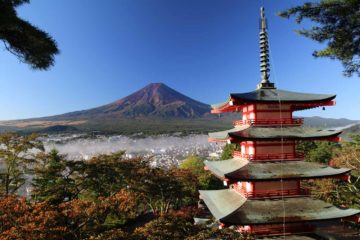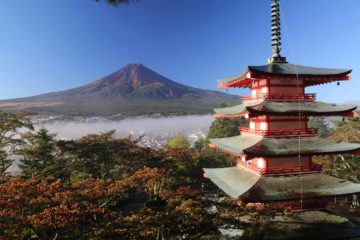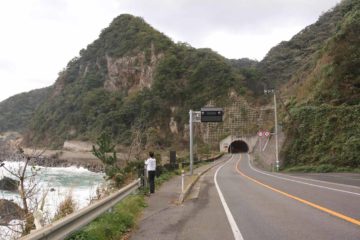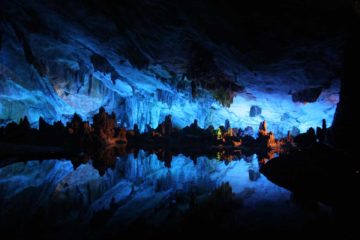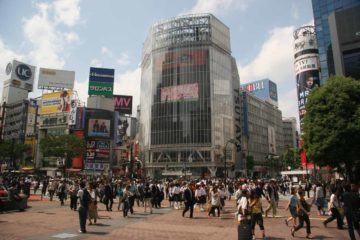About Otonashi Waterfall (Otonoashi-no-taki [音無の滝]; “Soundless Waterfall”)
The Otonashi Waterfall (Otonashi-no-taki [音無の滝]; also Otonashi Falls; translated as the “Soundless Waterfall”) was a waterfall that I was only made aware of after doing a double-take on our first trip to Japan by looking through an old Lonely Planet book. It referred to the falls in the context of a visit to the very atmospheric and zen-inducing Sanzen-in Temple on the northeastern outskirts of Kyoto in the suburb of Ohara. So when we had an opportunity to come back to this part of Japan, I jumped at the chance to see and experience a part of Kyoto that wasn’t the usual tourist haunts like the Fushimi Shrine, the Nijo Castle, the Kinkakuji Shrine, the Kiyomizu Dera, the Gion District, etc. While the waterfall itself was probably only 10m tall and was somewhat underwhelming, the reward for willing to go out here and pursuing this obscure attraction was not only the peaceful experience of doing this hike, but also excuse to experience the atmosphere of the famous Sanzen-in Temple.
We’ve seen literature claiming that the hike from the Sanzen-in Temple to the Otonashi Waterfall was as little as 10-15 minutes in each direction, but in our experience, it took more like 45-60 minutes round trip (or close to 30 minutes in each direction). According to my GPS logs, the hike was on the order of 750m or so in each direction or 1.5km round trip. The path was gently uphill initially on a narrow paved road skirting the southern boundary of the Sanzen-in Temple complex then towards the end of the pavement, it passed by a few more atmospheric smaller temples and shrines before getting onto a more conventional dirt trail around 400m or so from the shops fronting the Sanzen-in Temple complex (just past the last of the smaller temples and shrines along this narrow road; one of which I believe was called the Raigo-in Temple).
The trail went amongst a pleasingly naturesque landscape of tall trees and mostly silence other than the sounds of leaves rustling against the breeze. Shortly after the trail crossed over a small bridge then ascended on the other side of the gurgling stream past a manmade dam or wall then uphill for another 100m or more to the miniscule Otonashi Waterfall. It appeared that the trail we were on kept continuing on to the left of this waterfall, and according to my maps, it would have eventually reached the Daiosan Mountain at over 600m I believe. The interpretive signs by the falls was completely in Japanese so I couldn’t readily tell what else was special about it (I was especially keen to understand why they called this the “Soundless Waterfall”).
Finally, we should mention that since our visit happened in the mid- to late afternoon, my Mom and I actually visited the Sanzen-in Temple first because we knew it had limited opening hours. The same was true for the smaller shrines and temples on the path to the Otonashi Waterfall. However, the waterfall itself did not have such a restriction. And sure enough, all the shrines and temples were open when we started the hike around 3:30pm, but we definitely noticed that the smaller temples and shrines were closed after 4pm when we were making our way back to the car. So that’s something to keep in mind if you’re on a time constraint and you happened to be in a similar situation as us.
Related Top 10 Lists
No Posts Found
Trip Planning Resources
Nearby Accommodations
This content is for members only. See Membership Options.Featured Images and Nearby Attractions
This content is for members only. See Membership Options.Visitor Comments:
Got something you'd like to share or say to keep the conversation going? Feel free to leave a comment below...No users have replied to the content on this page
Visitor Reviews of this Waterfall:
If you have a waterfall story or write-up that you'd like to share, feel free to click the button below and fill out the form...No users have submitted a write-up/review of this waterfall

